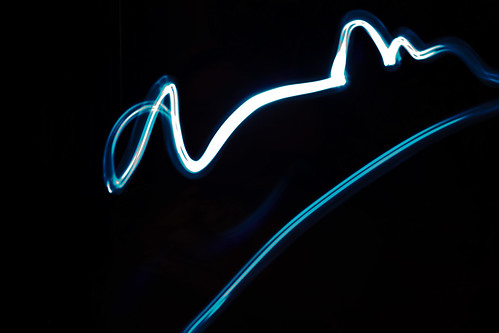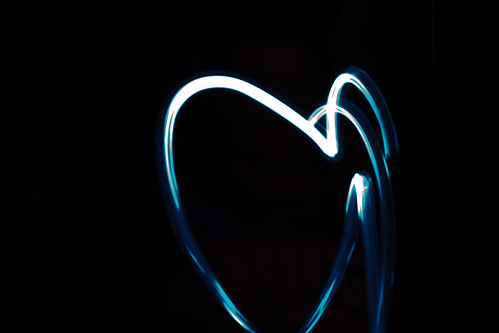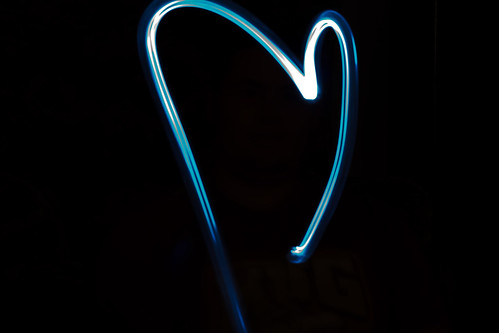Here is the summary, paraphrase, and key points of the lesson...
ISOISO determines how quickly the picture is captured on film or digital sensor. The lower the ISO, the longer it takes and the more light you will need.
"It's a good rule of thumb... In general, use:The trade off is that the higher you set the ISO, the more digital noise (or film grain) is created on the image. The faster the camera captures the image, the less time it has to be accurate, so the sharpness of the image will suffer... The higher the ISO, the more digital noise."
Shutter Speed
"Your shutter speed is how quickly the shutter, or little door that opens in front of your film or image sensor , operates."
Basically, your shutter speed with either freeze action or blur action. A fast shutter speed will freeze a fast baby in action, and a slow shutter speed adds a blur effect. I've noticed if my shutter speed is too slow the first thing to blur is Wesley's fast waving hands. I always try and keep my shutter speed 1/100 or higher (and 1/60 at the minimum).
"As a general rule of thumb:
Use a tripod (or flat, stable surface) for shutter speeds slower than 1/50th of a second -- so any shutter speed reading 50 or below, and anything with inch marks.
If you are hand-holding your camera, set your shutter speed at a minimum of 1/60th of a second (indicated by the number 60) or faster. Hold your breath while taking the photo to help keep yourself steady.
If you are wiggly or have a wiggly subject, increase your shutter speed."
Weekly Challenge: The Kitchen Sink Test (or bathroom in my case)
Find a sink
Find an object to obstruct the water flowing from the faucet.
Use TV mode (this allows you to select your shutter speed and the camera will do the rest)
Set your shutter speed to 1/80th. Turn on water and take a picture.
Set your shutter speed to 1/1000. Turn on water and take a picture.
If you have a tripod, try taking a picture with a really slow shutter speed.
Here are my pictures...
They are in order of slowest to fastest.

Another fun shutter speed challenge...
Use a tripod, a really slow shutter speed (a few seconds long), and try writing something with a flashlight. It was a fun experiment... a little more fun than the sink experiment.





No comments:
Post a Comment